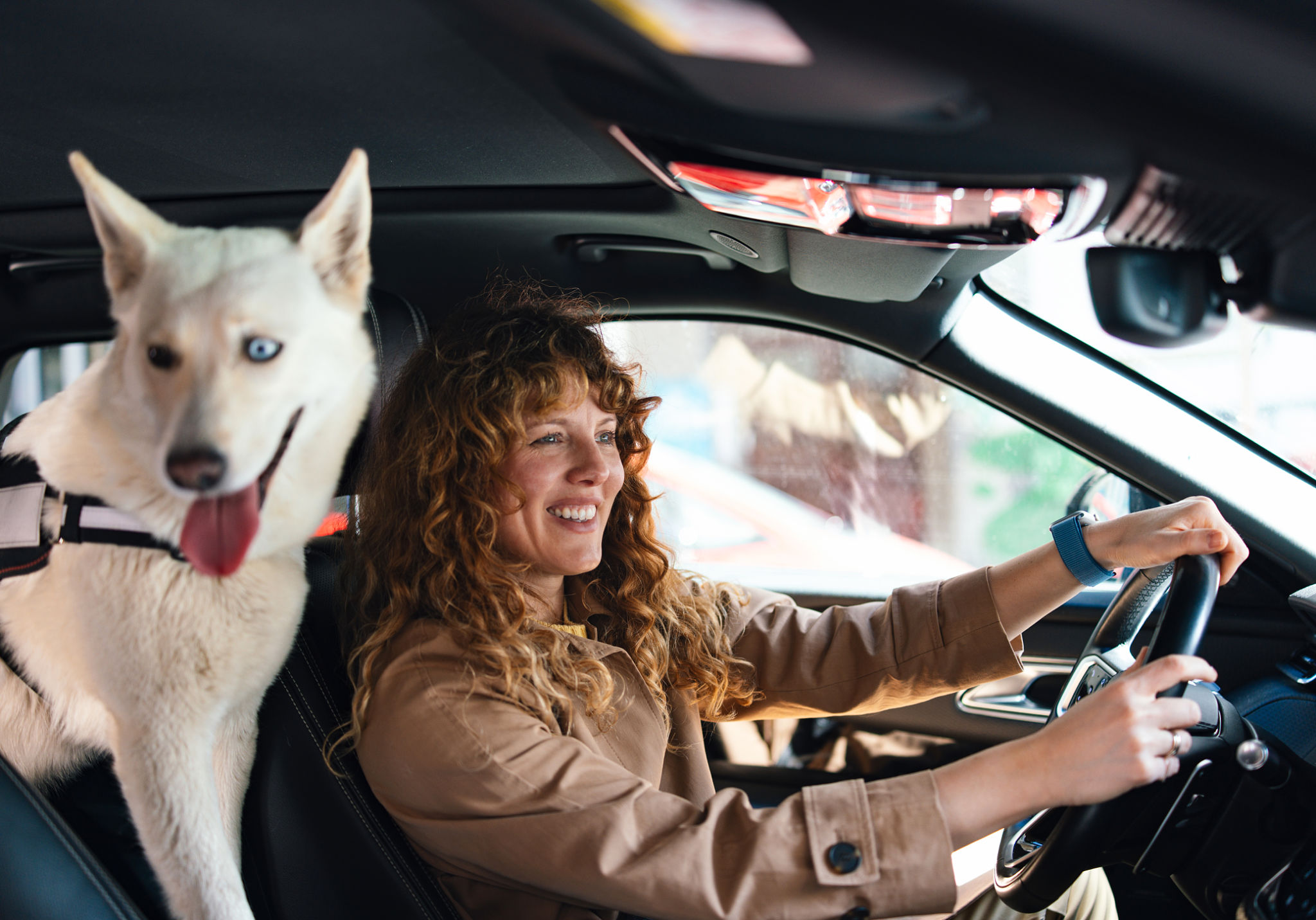The Ultimate Dog Transport Buyer’s Guide: From Crate Selection to Safe Travel
Understanding Your Dog's Needs
When it comes to transporting your beloved pet, the first step is understanding your dog's specific needs. Are they a large breed needing ample space, or a small breed that requires a cozy, secure nook? Assessing your dog’s age, health, and temperament is crucial in determining the right transport solution. Comfort and safety should always be your top priority.

Choosing the Right Crate
Selecting the perfect crate is essential for any dog transport solution. The crate should be large enough for your dog to stand, turn around, and lie down comfortably. It’s recommended to choose a crate with proper ventilation and a sturdy structure. Materials like metal and reinforced plastic are often preferred for their durability.
- Measure your dog’s height and length to ensure the crate is the correct size.
- Choose between soft-sided or hard-sided crates based on your travel mode.
- Consider crates with removable trays for easy cleaning.
Preparing for Safe Travel
Before embarking on your journey, it’s important to prepare your dog for travel. Begin by familiarizing them with the crate or carrier at home. Let them explore it gradually and associate it with positive experiences like treats or toys. This will help reduce anxiety during transit.

Securing Your Dog in the Vehicle
Once you’re ready for travel, securing the crate in your vehicle is crucial to prevent any movement during transportation. Use seat belts or anchor straps to hold the crate in place. For larger dogs, a car harness attached to a seat belt can be an alternative option.
- Always place the crate on a flat surface in the vehicle.
- Avoid placing heavy objects on top of the crate.
- Ensure good airflow around the crate for ventilation.
Travel Essentials for Your Dog
Packing appropriately for your dog’s journey can make all the difference. Include travel bowls for food and water, a favorite toy for comfort, and any necessary medications. Don’t forget to carry your dog’s identification tags and vaccination records in case of emergencies.

Plan Your Stops
If you're traveling long distances, it's important to plan regular stops to let your dog stretch their legs and relieve themselves. Always keep your dog on a leash during these breaks for safety. These stops are also great opportunities to check on their comfort level and adjust as needed.
With the right preparation and equipment, transporting your dog can be a smooth and enjoyable experience for both you and your furry friend. Remember, a well-planned journey ensures that your dog stays safe and happy throughout the trip.